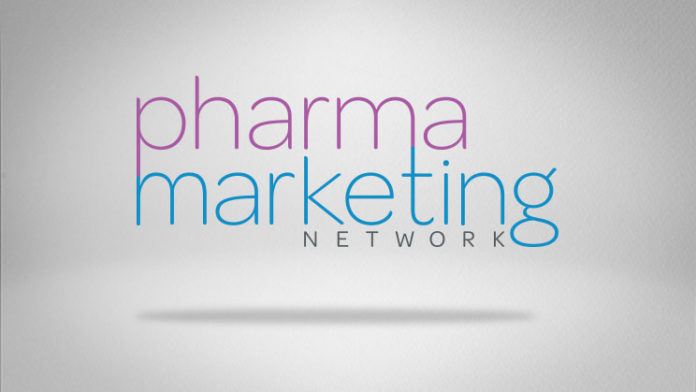Pharma Begins to Reveal Payments to Physicians Analyzing the Numbers and Spreading the Sunshine
 In January 2009, Senate Special Committee on Aging Chairman Herb Kohl (D-WI) and Senate Finance Committee Ranking Member Charles Grassley (R-IA) introduced the Physician Payments Sunshine Act of 2009. This act, which has been introduced in previous sessions of Congress, attempts to provide for transparency in the relationship between physicians and pharma companies with respect to payments and other transfers of value. Several states, including Massachusetts, Vermont, and Minnesota, have either passed or threaten to pass their own “sunshine” that forbid or put limits on gifts to physicians by pharma companies.
In January 2009, Senate Special Committee on Aging Chairman Herb Kohl (D-WI) and Senate Finance Committee Ranking Member Charles Grassley (R-IA) introduced the Physician Payments Sunshine Act of 2009. This act, which has been introduced in previous sessions of Congress, attempts to provide for transparency in the relationship between physicians and pharma companies with respect to payments and other transfers of value. Several states, including Massachusetts, Vermont, and Minnesota, have either passed or threaten to pass their own “sunshine” that forbid or put limits on gifts to physicians by pharma companies.
Typically, these laws require the public disclosure of types and amounts of payments made to physicians above a certain limit.In response, many pharmaceutical companies have voluntarily published or announced that they will publish a list of payments to physicians. Eli Lilly was the first pharma company to do, followed by Merck and GSK. Pfizer, Johnson & Johnson, and Medtronic have promised to do so in 2010.
This article reviews the lists published by Lilly, Merck, and GSK. The analysis gives us more insight into the fees paid by various companies, how the money was distributed by state and region in the US, and what types of activities (eg, speaker fees vs. consulting fees) physicians were paid to perform.
Topic headings include:
- No Standard Format
- Speaking vs. Consulting Fees
- Physician Payment Patterns
- State-by-State Analysis
- Regional Analysis
Read this article now. It’s FREE…
PMN91-03
Issue: Vol. 9, No. 1: January 2010
Word Count: 2105



![6 Digital Tools at the Center of Healthcare Digitalization [INFOGRAPHIC]](http://ec2-54-175-84-28.compute-1.amazonaws.com/pharma-mkting.com/wp-content/uploads/2021/04/6DigitalTools_600px-218x150.jpg)




![6 Digital Tools at the Center of Healthcare Digitalization [INFOGRAPHIC]](http://ec2-54-175-84-28.compute-1.amazonaws.com/pharma-mkting.com/wp-content/uploads/2021/04/6DigitalTools_600px-100x70.jpg)




